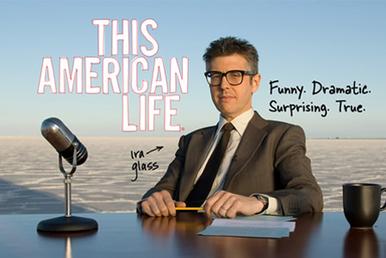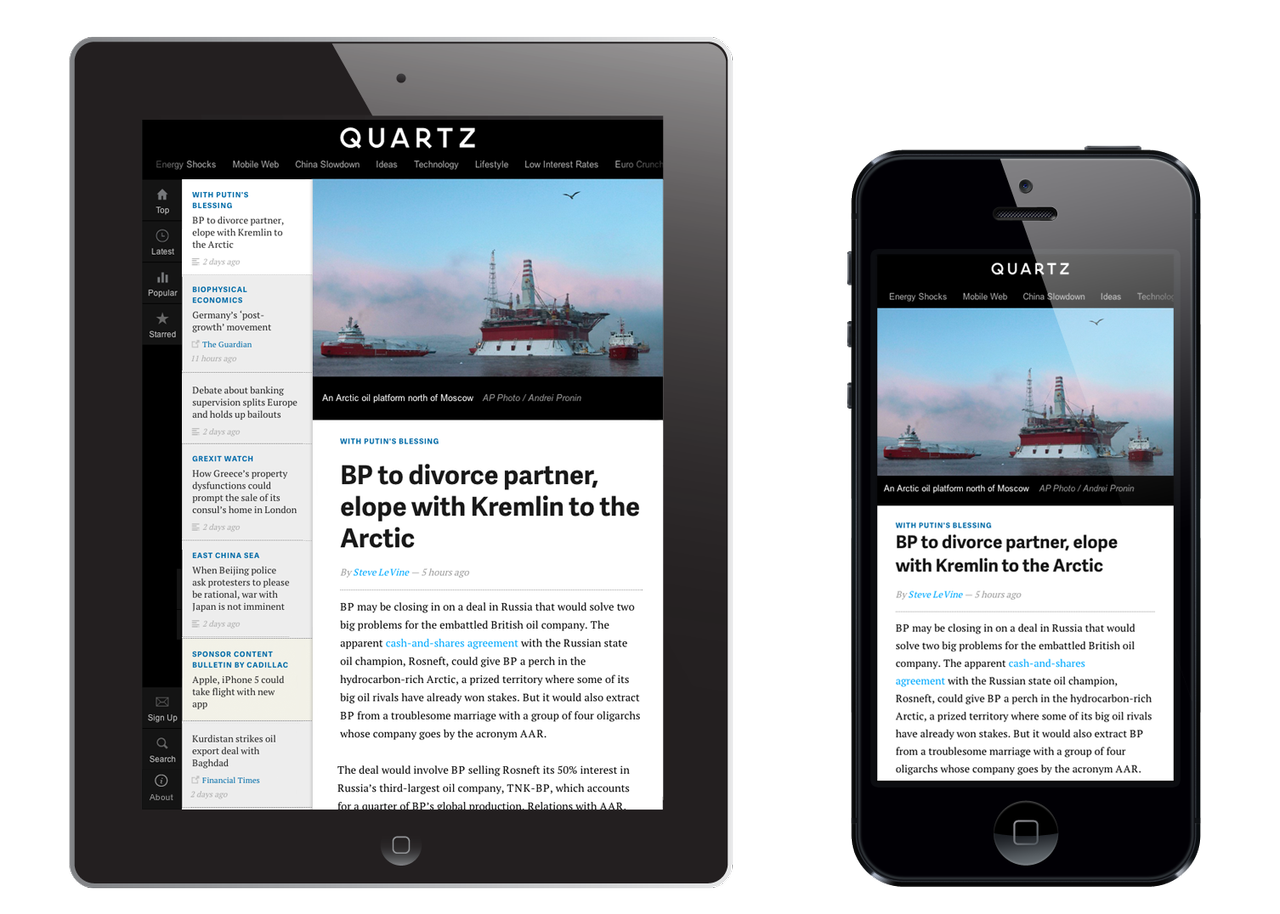
"Hollywood has been an overwhelmingly white and overwhelmingly male business for almost a century, but recent years have sparked a vibrant conversation about diversity behind the camera and in front of it. That discussion reached a new pitch this week: On May 12, the New York Times reported that American Civil Liberties Union is calling for federal and state-level investigations into the way directors are selected for movie projects, targeting in particular the extremely small number of women who are tapped to helm important films. But it would not be wise to use the ACLU’s campaign, or the success of showrunners like Shonda Rhimes or even a smash hit like 'Empire' as evidence of an imminent revolution in the entertainment industry. Hollywood has discovered women and people of color before, whether it was cultivating a limited number of black stars in the thirties and forties, coopting women’s liberation in the 1970s and early 1980s, or shoring up wobbly television ratings with shows about African-Americans in the 1990s. The Times notes that even if the ACLU is successful in pursuing some sort of an agreement with studios, there have been previous efforts to try to boost minority shares of employment in the industry. Through it all, white men have managed to retain enormous power as the creators of Hollywood’s products, and as the subjects of film and television. So why is it so hard to make the very engine of America’s fantasies and aspirations look much like the country Hollywood hopes to inspire?" (WashPo via Redef)
"A couple of weeks ago, NPR and two of its most influential member stations, WNYC and WBEZ, invited a large group of media and marketing people to Le Poisson Rouge, a nightclub in Greenwich Village, for an event called 'Hearing is Believing.' Its purpose was to persuade brands to advertise on public media podcasts. Onstage, some of the most listened-to podcasters—Jad Abumrad, Guy Raz, Glynn Washington, Brooke Gladstone, Lulu Miller—presented public radio’s offerings: an intimately engaged audience, a unique narrative platform, a chance for 'Mail Kimp'-level virality. Later, after an indie band performed, Ira Glass, the host of This American Lifeand producer of Serial, told a reporter for AdAge, 'My hope is that we can move away from a model of asking listeners for money and join the free market.' He added, 'Public radio is ready for capitalism.' ... 'Podcasts are not donated airwaves. They’re podcasts,' Erik Diehn, the vice president of business development at Midroll Media, a podcast media company, told me over the phone. 'There’s no exchange happening where the broadcaster has to agree not to take ads because they are being given this grant of a public good.' Midroll Media produces original shows like WTF with Marc Maron and Comedy Bang! Bang! and sells advertising on nearly two hundred podcasts, including shows from Public Radio International (an NPR rival), like Studio 360 and Science Friday. The company’s ads—'integrated, native, often host-read spots'—are hugely effective compared to most internet advertising, so businesses pay good money for them. Podcasts, which tend to run one or two ads before the show and two or three ads during the show, can earn around three hundred dollars per ad if they average at least ten thousand listeners. For the elite circle of shows with over four hundred thousand listeners—generally the iTunes Top 50—a single ad spot can net over ten thousand dollars. While there are a few legal hurdles facing public media’s entry into the free market, for the first time, U.S. public radio will be able to broadcast commercials.1 And because hosts and producers aren’t just offering ad space, but effectively branding content, they are threatening a long-protected public trust." (TheAwl)
"When it comes to new digital-media entities, I find Quartzone of the most consistently interesting. BuzzFeed is huge and growing and clearly understands how content works in a viral age, and so does Vice Media, and there are a number of other smaller players that are doing interesting things, but Quartz stands out for a number of reasons. One of those is that it’s an ambitious effort by an existing entity, namely 158-year-old magazine publisher Atlantic Media. The other is that Quartz thinks very differently about what its role is in the media landscape and how to achieve what it wants to achieve. Zach Seward, who is the head of product for Quartz (a title that in itself is unusual for a media company), wrote about this in a recent post for the Nieman Journalism Lab, which is well worth reading even if you aren’t in the media business. In it, Seward says that the way that Quartz behaves and the way it looks at the media landscape is driven by the fact that the company sees itself 'as an API.' What does that mean exactly? " (Fortune via Redef)
"And things have been honky dory over in these shores, also. At lunch with Harvey Weinstein and Michael Mailer at Harvey’s Tribeca Grill, the purpose of it being a film version of the greatest book ever written except for the Bible, Nothing to Declare. I was flattered but quoted Deborah Ross: 'Only Taki can play Taki.”'This she wrote while reviewing the greatest movie ever made, Seduced & Abandoned. The trouble is that Taki no longer looks so good. And who could play young Taki now that Mickey Rooney’s dead. But Harvey Weinstein is a generous man besides being the only producer who makes films without non-stop car chases and zombies blowing up their innards. What about a documentary, he suggested. My best buddy Michael Mailer, a very successful filmmaker in his own right, is facing a Sisyphian task in trying to sell Taki. People go to the movies to watch violence and horror. My life is as easy to film as reading Finnegan’s Wake. Andy Warhol once made a movie of a man sleeping for thirty hours straight. Some modernists even liked it. Filming Taki reading, training, and pursuing the fairer sex unsuccessfully would be almost as thrilling as Warhol’s Sleep. Let’s call “Nothing to Declare” the greatest movie never made, and leave it at that." (Taki)
 | |
|
"I went to the annual Women & Science Spring Lecture and Luncheon at Rockefeller University which is only a fifteen minute walk from my apartment. It was a good day to walk. It was not a good day to be in a car on York Avenue which was jammed with traffic because of all the activity from the hospital buildings south of 72nd Street ... esterday’s lecture and luncheon is one of those showcases. I don’t know the names of the volunteers, but Sydney Shuman, who is a member of the university’s Board of Trustees, has been inviting me to attend for several years, so she surely is one of them. They get a big turnout of several hundred; mainly women but a number of men also. Among those men yesterday was Henry Kissinger whose wife Nancy is a trustee emeritus." (NYSD)



No comments:
Post a Comment